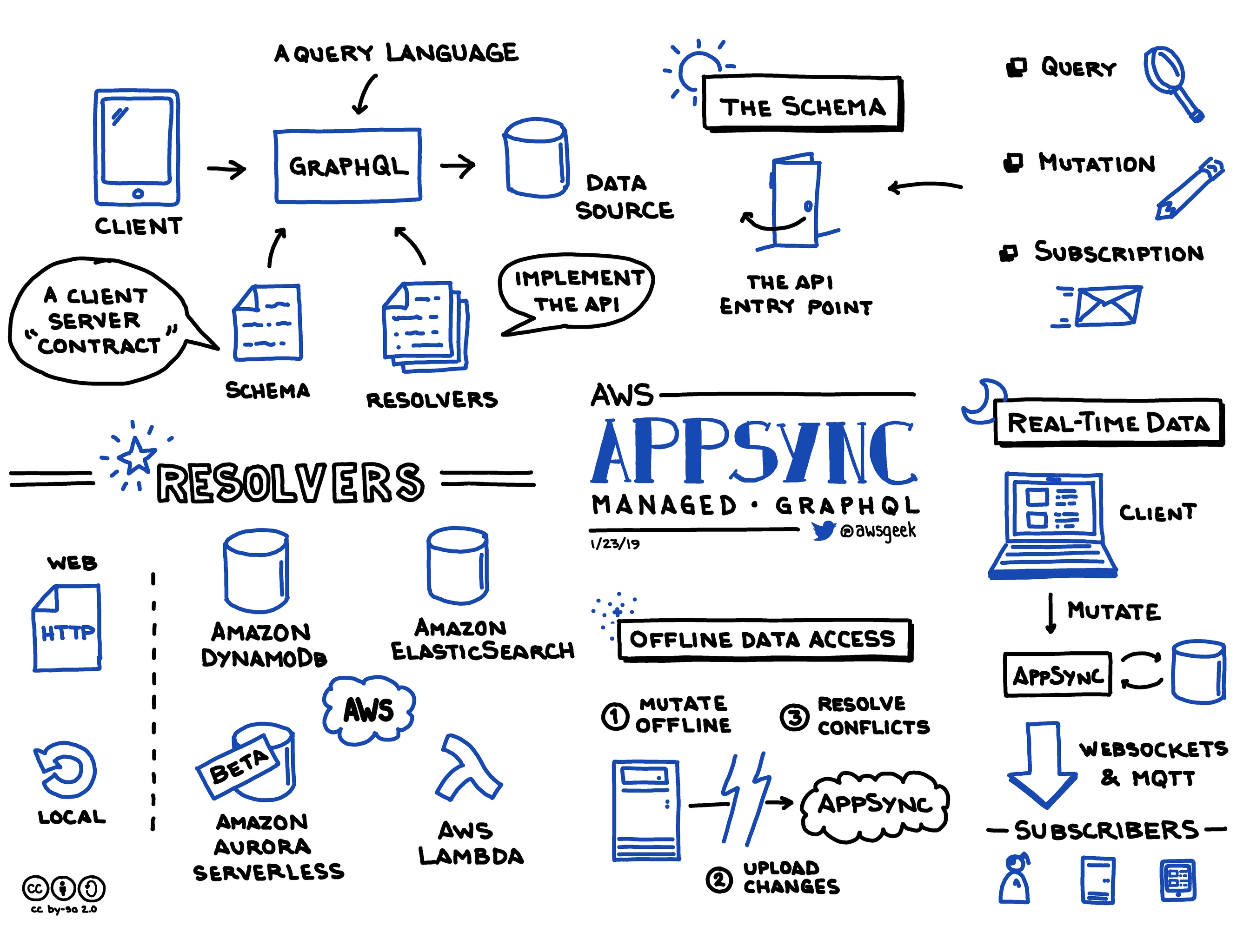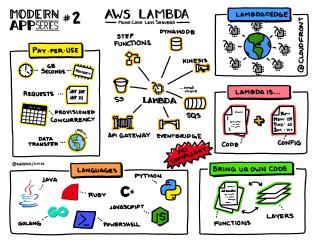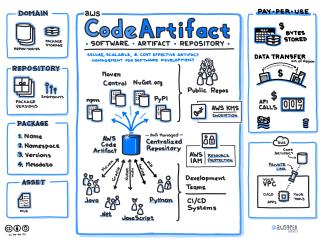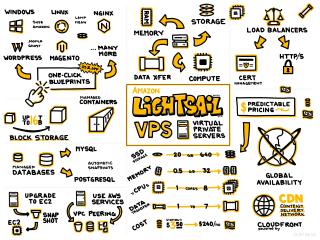
Amazon Web Services (AWS) AppSync is a serverless service designed to allow developers to build and deploy scalable GraphQL APIs with ease. It serves as a managed GraphQL platform, enabling seamless synchronization between data sources and allowing dynamic data querying. AppSync is particularly suited for building mobile applications, web applications, and data-driven solutions that require real-time updates.
Use Cases
AWS AppSync excels in various scenarios, including real-time and offline applications, allowing automatic data synchronization when a device reconnects to the internet. It is particularly beneficial for e-commerce platforms, social media apps, and collaborative applications where real-time data updates are crucial. AppSync's ability to integrate with other AWS services such as AWS Lambda, Amazon DynamoDB, and Amazon RDS enhances its applicability in building complex, scalable, serverless architectures. Developers commonly employ AppSync in scenarios where rapid application iterations and real-time data interactions are necessary.
Pricing
AWS AppSync pricing is primarily based on the number of queries executed and data transferred. Users are charged per million query and data modification requests, with additional charges for real-time updates and data transfer out of AWS. There is a provision for an always free tier that covers a limited usage per month, making it cost-effective for small-scale applications or those with predictable demand patterns. Specific details concerning pricing can be referenced via the AWS AppSync Pricing page.
Scalability
AWS AppSync is designed for high scalability, accommodating varying loads dynamically. Built on top of AWS's robust infrastructure, AppSync can handle large numbers of concurrent requests and significant data throughput, making it ideal for businesses experiencing rapid growth or unpredictable traffic patterns. This scalability is further supported by integration with AWS CloudWatch for monitoring and scaling in response to demand.
Availability
AWS AppSync offers high availability by operating across AWS's global infrastructure. With multiple Availability Zones in each AWS Region, it ensures operational stability and resilience. The service is designed to provide fault tolerance and quick failover, maintaining service continuity even under adverse conditions.
Security
Security in AWS AppSync is multi-layered, incorporating AWS Identity and Access Management (IAM) and Amazon Cognito for user authentication and authorization. Developers can granularly control access to schemas and operations, ensuring data protection and compliance with data privacy regulations. Built-in support for AWS Key Management Service (KMS) further enhances data security by enabling encrypted data transactions.
Competition
AWS AppSync faces competition from similar services provided by other cloud providers. Microsoft Azure offers Azure API Management, a service that facilitates the publication, protection, and management of APIs. More information can be found at Azure API Management. Google Cloud provides Firebase with a Realtime Database, which is designed for real-time data synchronization. Details on the Firebase Realtime Database can be explored via Firebase. Alibaba Cloud also provides its API Gateway service that supports hosting and managing APIs, which can be accessed at Alibaba Cloud API Gateway.
In summary, AWS AppSync is a powerful service for building flexible, scalable GraphQL APIs on the AWS cloud. Its strong integration with other AWS services, combined with its ability to provide real-time and offline data synchronization, make it a compelling choice for developers and IT administrators seeking to implement data-driven applications quickly and securely.
 AWS Regions
AWS Regions
 AWS Lambda
AWS Lambda
 AWS CodeArtifact
AWS CodeArtifact
 Amazon Lightsail
Amazon Lightsail